GENERAL DATA
In Manufacturing: Pharmaceutical and jewelry
💎 Industries That Use Ruby Gemstone (Raw, Rough, Polished)
Ruby, the red variety of the mineral corundum (Al₂O₃), is one of the most prized gemstones in the world. Its deep red color comes from trace amounts of chromium, and it has exceptional hardness (Mohs 9) and optical brilliance, making it valuable across several industries beyond jewelry.
1. Jewelry & Gemstone Industry
Rubies are considered one of the “Big Four” precious gemstones alongside diamond, emerald, and sapphire.
-
Raw & Rough Rubies: Sold to gem cutters and traders
-
Faceted Rubies: Set in high-end rings, necklaces, earrings
-
Cabochon Rubies: Used in vintage, ethnic, or men’s jewelry
-
Star Rubies (with asterism): Valued as rare collector’s pieces
✅ Demand is highest for Burmese “pigeon blood” rubies, but African and Iranian rubies are also marketable.
2. Watchmaking & Luxury Instruments
Ruby’s extreme hardness and wear-resistance make it ideal for:
-
Jewel bearings in watches (low friction, high durability)
-
Precision instruments (lasers, gyroscopes, scientific optics)
✅ Synthetic rubies are often used, but natural ones also retain symbolic and aesthetic value in luxury pieces.
3. Technology & Scientific Applications
High-purity rubies (natural or synthetic) are used in:
-
Laser technology: Ruby laser rods (the first laser ever built used a synthetic ruby)
-
Optical components: Due to their thermal and chemical resistance
-
Infrared detectors and sensors
✅ Raw or processed ruby crystals serve in specialized industrial optics.
4. Metaphysical & Spiritual Products
In traditional and alternative markets:
-
Energy Healing: Believed to promote vitality, courage, and passion
-
Chakra Alignment: Especially the root and heart chakras
-
Talisman & Amulet Crafting: Associated with protection and prosperity
-
Ayurveda & Traditional Chinese Medicine (TCM): Crushed ruby used symbolically in some elixirs and detox formulations (with caution)
✅ Raw and unpolished rubies are especially popular in metaphysical shops.
5. Collectibles & Educational Use
-
Mineral specimens: Sold raw or as matrix-hosted crystals
-
Geology & Gemology education: Used for teaching crystallography, fluorescence, and mineral identification
✅ Museum-grade rubies fetch high prices, especially if large and undamaged.
✅ Summary of Key Applications
| Industry | Common Uses |
|---|---|
| Jewelry | High-end rings, pendants, earrings, antique jewelry |
| Watchmaking | Jewel bearings, mechanical precision parts |
| Technology | Laser rods, optical lenses, infrared components |
| Spiritual & Metaphysical | Healing crystals, amulets, meditation, chakra tools |
| Educational & Collectibles | Mineral specimens, geology collections, lapidary training |
🌟 Key Features of Ruby Gemstone
-
Mineral Class: Corundum (Aluminum Oxide – Al₂O₃)
-
Color: Deep red to purplish-red; “pigeon blood” most valuable
-
Hardness: 9 on Mohs scale (second only to diamond)
-
Transparency: Transparent to opaque
-
Luster: Vitreous to silky (especially in star rubies)
-
Varieties: Star ruby, pink ruby (borderline sapphire), synthetic ruby
-
Sourcing Regions: Myanmar (Burma), Sri Lanka, Afghanistan, Pakistan, Iran, Mozambique, Madagascar, India, Thailand
💎 Comparison Table: Ruby vs Emerald vs Turquoise vs Agate
| Feature / Gemstone | Ruby (Corundum) | Emerald (Beryl) | Turquoise (Hydrated Phosphate) | Agate (Chalcedony – Microcrystalline Quartz) |
|---|---|---|---|---|
| Scientific Name | Corundum (Al₂O₃) | Beryl (Be₃Al₂Si₆O₁₈) | CuAl₆(PO₄)₄(OH)₈·4H₂O | Silicon dioxide – SiO₂ |
| Color | Deep red, pink-red (“pigeon blood”) | Rich green to bluish-green | Sky blue to greenish-blue | Multi-colored bands (gray, red, brown, etc.) |
| Hardness (Mohs) | 9 | 7.5–8 | 5–6 | 6.5–7 |
| Transparency | Transparent to opaque | Transparent to translucent | Opaque | Opaque to translucent |
| Luster | Vitreous | Vitreous | Waxy to dull | Waxy to vitreous |
| Key Element/Color Source | Chromium | Chromium and vanadium | Copper | Iron, manganese, other minerals |
| Main Sources | Myanmar, Sri Lanka, Iran, Mozambique | Colombia, Zambia, Afghanistan | Iran, Tibet, USA, Egypt | Brazil, Uruguay, Iran, India |
| Industrial Uses | Jewelry, lasers, optics | Jewelry, traditional medicine | Jewelry, talismans, spiritual items | Jewelry, decor, carvings, spiritual items |
| Metaphysical Beliefs | Passion, protection, vitality | Wisdom, abundance, love | Protection, healing, communication | Balance, grounding, emotional stability |
| Market Value (Gem-Grade) | Very high | Very high | Medium | Low to moderate (depends on pattern) |
| Common Trade Forms | Faceted, cabochon, raw | Faceted, cabochon | Cabochon, tumbled, beads | Slices, polished stones, beads |
| Synthetic Varieties | Yes (widely used in optics) | Yes | Rare | Yes (less common) |
| Cultural/Historical Use | Royalty, ancient armor, talismans | Ancient Egypt, Greece, Mughal India | Persian and Native American traditions | Ancient Persia, Mesopotamia, Islamic world |
🔍 Highlights & Notes
-
Ruby is prized for its hardness and deep red glow, making it ideal for high-end jewelry and industrial applications like laser optics.
-
Emerald is slightly more fragile but remains one of the most valued gems, especially from Colombian and Afghan origins.
-
Turquoise has deep cultural importance in Persian, Tibetan, and Native American art, and is primarily used in spiritual jewelry and talismans.
-
Agate is widely available and comes in a vast range of colors and patterns, making it a favorite for decorative carvings, jewelry, and wellness products.
PRODUCT NAME IN DIFFERENT LANGUAGES
Persian Name: یاقوت سرخ/ Yaghoot Sorkh
German Name (Deutschland, Austria, Switzerland): Rubin, Rubine, roter Edelstein
French Name (France, Belgium, Switzerland, Quebec): Rubis
To order Ruby, please contact us.
About Corundum
Corundum is a very hard mineral that belongs to the group of oxides and is considered an ornamental stone. Corundum has many types, but two types are more famous: Ruby and Sapphire
The crystal structure of this stone is hexagonal and often appears as prismatic crystals with a hexagonal basal surface, fusiform crystals with a hexagonal cross-section, and plate-shaped crystals. In all these cases, the edges of the crystals are curved.
This stone is red. Its hardness is 9 on Mohs scale and it is the hardest mineral after diamond. It is not curved with any rasp except diamond. Its density is 3.9 to 4.1 and does not have cleavage. The best ruby is red, transparent, hard, completely pure, and large. This beautiful and expensive stone is not burnt by fire. It is resistant to light and chemicals.
One of the ways to identify the original Ruby is to pass ultraviolet light through it. Because the original one passes the ultraviolet rays, but its fake varieties do not have this property, also the presence of air bubbles and internal fractures is another way to distinguish natural rubies from artificial ones. It should be noted that all Corundum, both Ruby and Sapphire, are improved with heat and it makes their color more attractive. The best color of this stone is pure red with blue shades.
Corundum Temperament
It has a moderate nature in heat and is dry in the second degree.
It is used to treat heart patients and people with blood cancer and it purifies and regulates the blood pressure. Hanging this stone on the neck prevents blood clotting in the body and prevents stroke. This stone also affects the treatment of sexual impotence, infertility and menstrual pains, and in addition, it also helps to make childbirth easier.
If someone carries this stone, he will not get dangerous and contagious viral diseases, especially the plague.
Side Effects
It is harmful to hot temperaments.
Dose
From 0.2 to 0.4 gram.
Corundum Modifiers
Cold spice and herbs.
To order rough Ruby, please contact us.
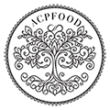

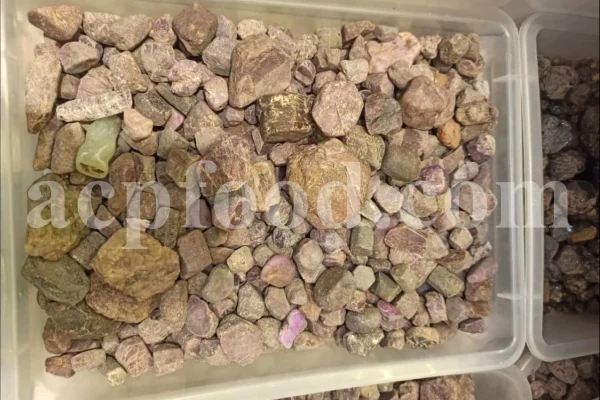
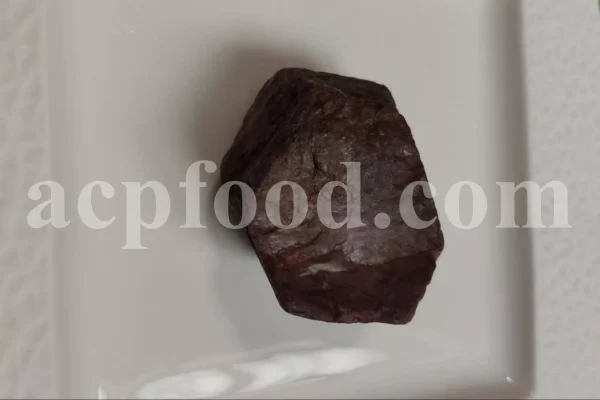

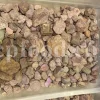
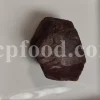
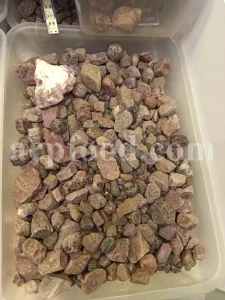
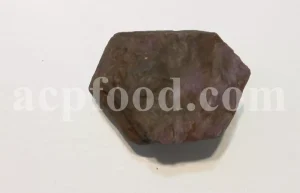
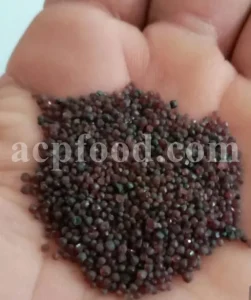
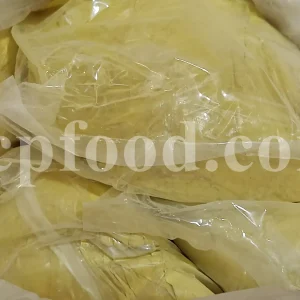
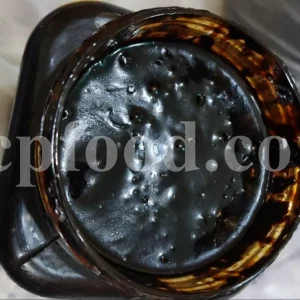
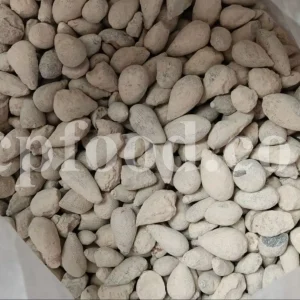
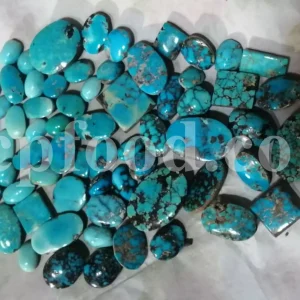
Reviews
There are no reviews yet.